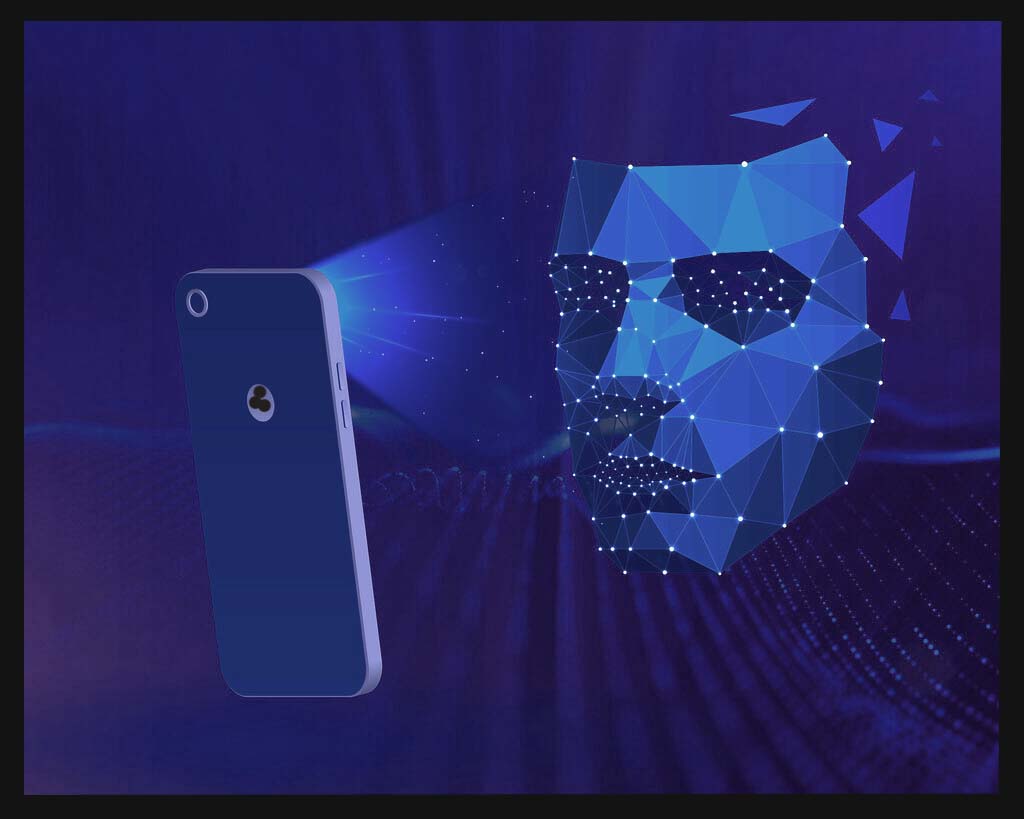
Face ID:
Face ID on the iPhone utilizes a combination of hardware and software to authenticate a user’s identity based on their facial features. Here’s how it works, along with its advantages and disadvantages:
How Face ID Works:
- Face Detection: When you lift your iPhone or wake it up, the TrueDepth camera system, located in the device’s notch, scans your face using infrared light.
- Infrared Image Capture: The flood illuminator ensures there’s enough infrared light to capture an image, even in low-light conditions.
- Dot Projection: The dot projector sends out thousands of infrared dots onto your face. These dots create a precise depth map of your face.
- Face Data Encryption: The phone’s neural engine processes the captured data, transforming it into a mathematical representation and encrypting it.
- Comparison:The device securely compares this encrypted facial data with the stored facial data in the iPhone’s Secure Enclave.
- Authentication: If the mathematical representation of your face matches the stored data within a certain tolerance, the device unlocks, granting you access.
Advantages:
- Convenience: Face ID makes unlocking your iPhone and authenticating purchases or app logins incredibly easy and intuitive. You simply need to glance at your device, and if it recognizes your face, it unlocks almost instantaneously. This hands-free approach saves time and eliminates the need to physically interact with the device to unlock it.
- Security: Face ID is designed to be highly secure. It uses advanced facial recognition technology, including depth sensing and machine learning algorithms, to create a detailed 3D map of your face. This makes it difficult for unauthorized users to bypass the security measures. Additionally, Face ID is designed to adapt to changes in your appearance over time, such as aging or changes in facial hair, while still maintaining a high level of security.
- Privacy:The device securely stores your facial recognition data locally and does not upload it to Apple’s servers or share it with third parties.This ensures that your biometric data remains private and under your control, reducing the risk of unauthorized access or misuse.
- Versatility:Face ID enables various purposes beyond merely unlocking your device, such as authorizing Apple Pay transactions, accessing secure apps and services, and even autofilling passwords in Safari.Its versatility makes it a convenient and seamless authentication method across various applications and use cases
- Accessibility: While not perfect, Face ID offers accessibility features that can benefit users with certain disabilities or impairments. For example, VoiceOver provides audible descriptions of what’s happening on the screen, including Face ID prompts, making it easier for users with visual impairments to use the feature.
Disadvantages:
